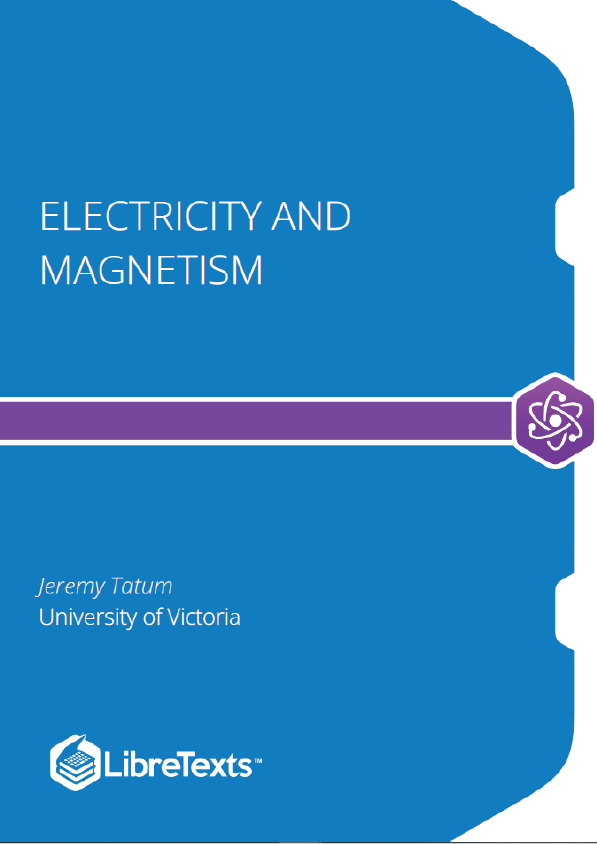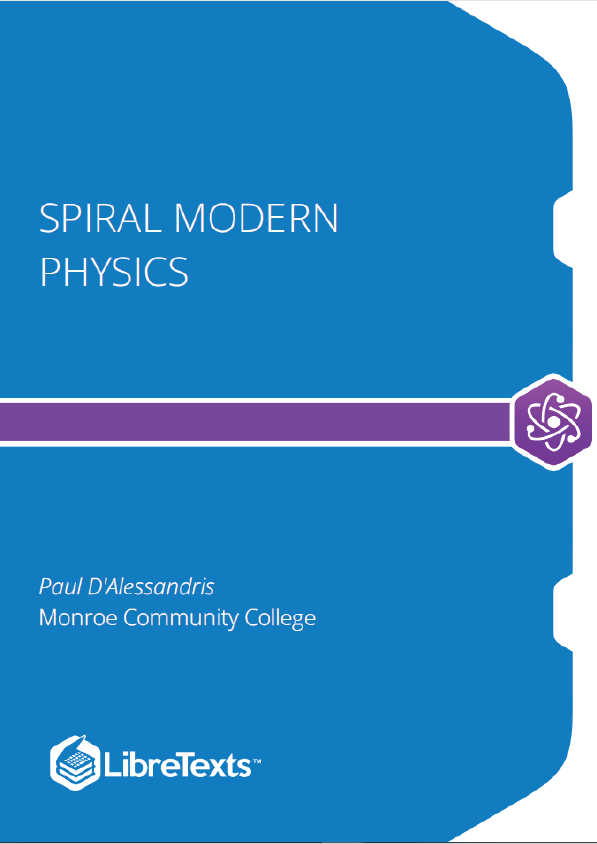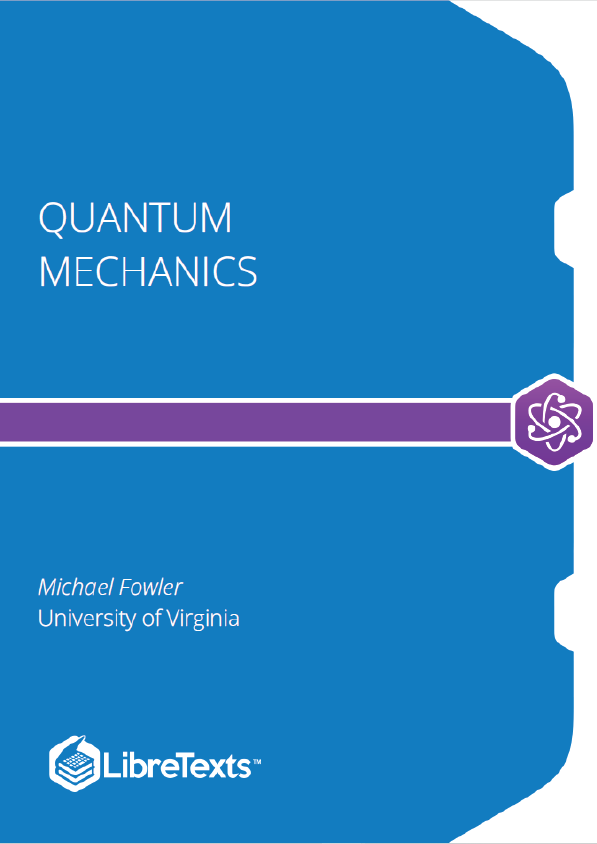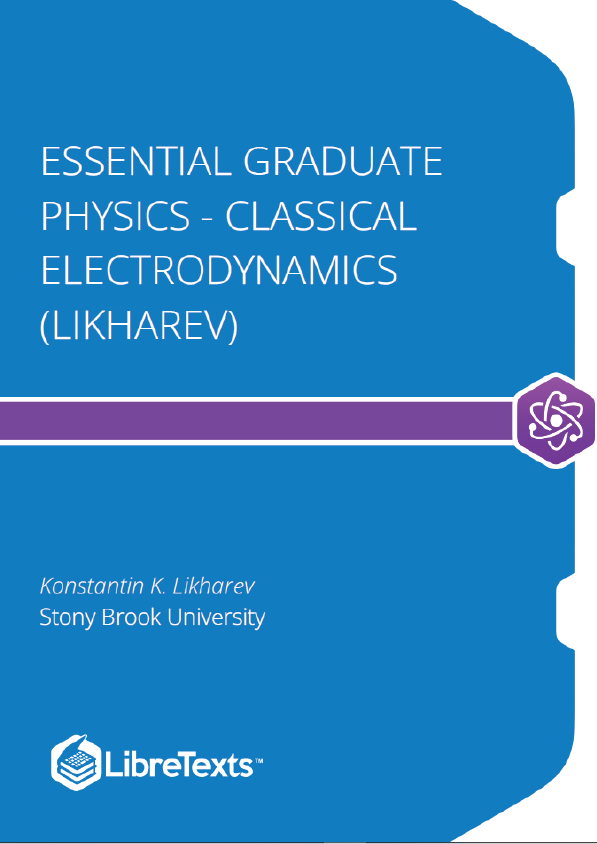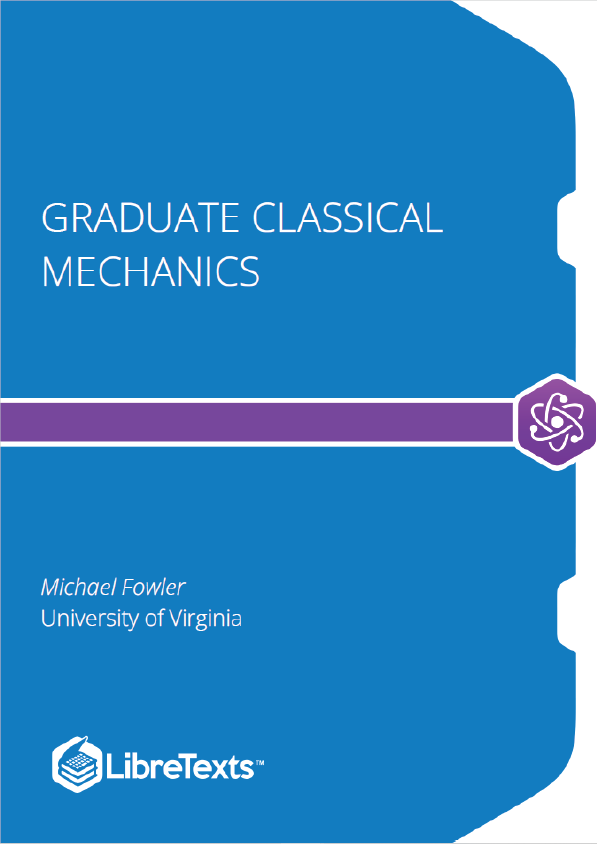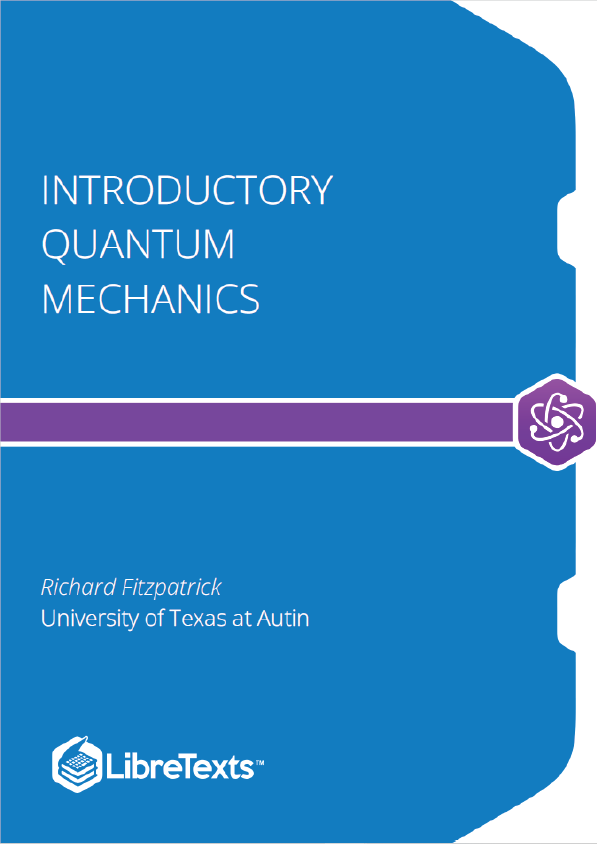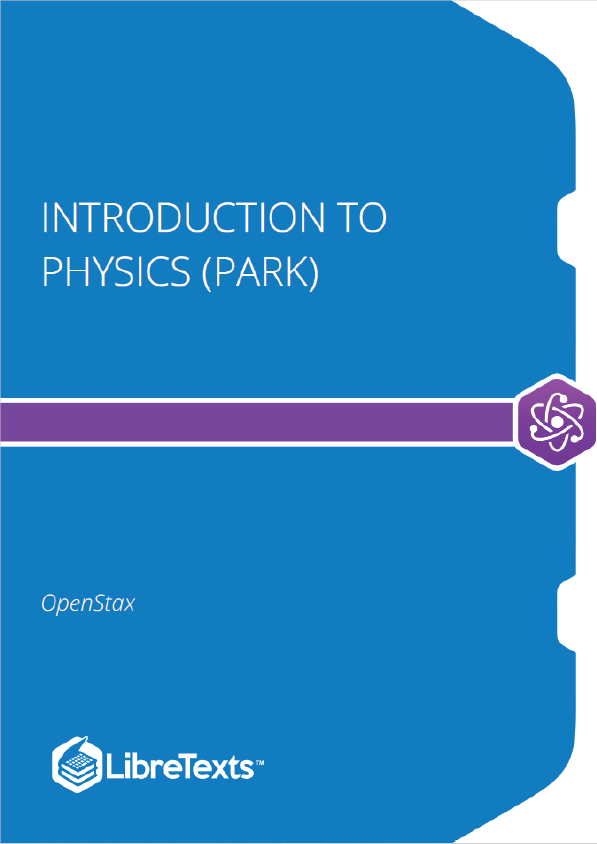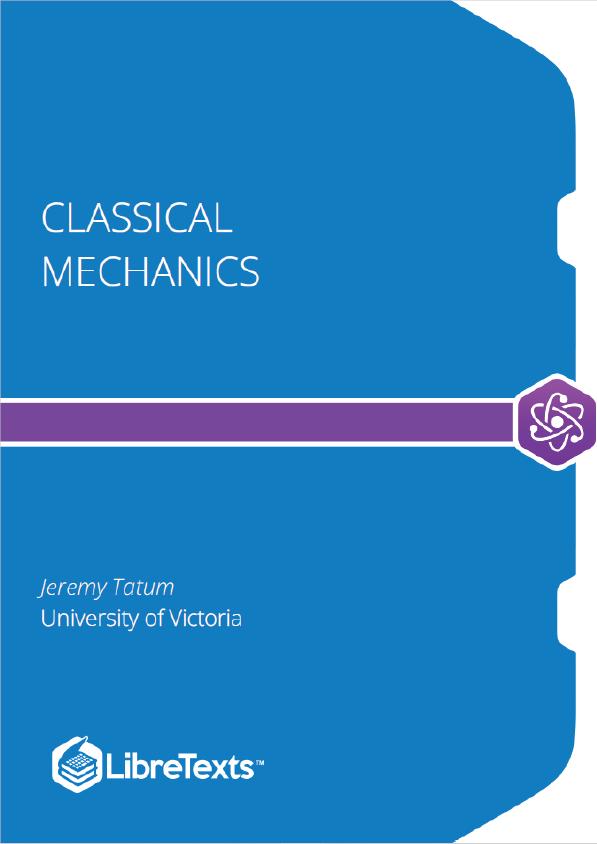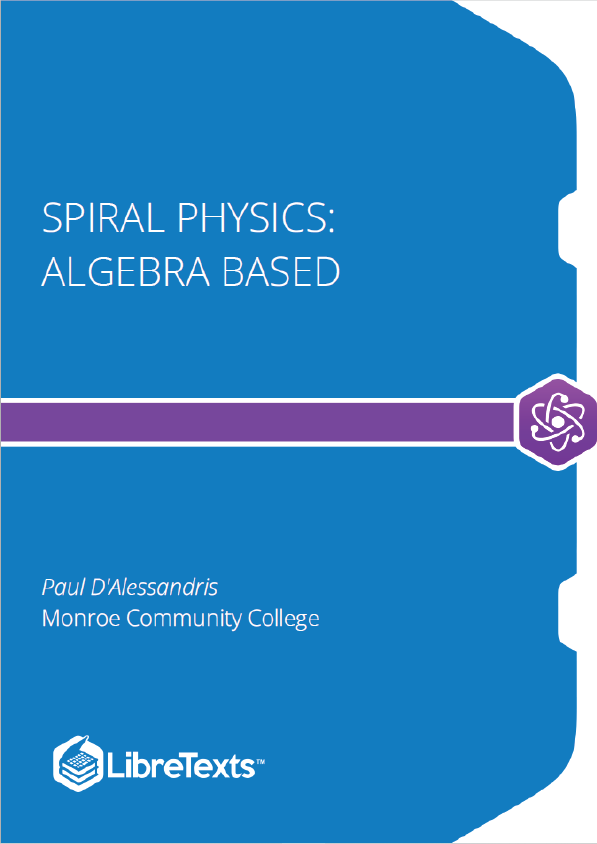This is the first in a series of chapters on electricity and magnetism. Much of it will be aimed at an introductory level suitable for first or second year students, or perhaps some parts may also be useful at high school level. Occasionally, as I feel inclined, I shall go a little bit further than an introductory level, though the text will not be enough for anyone pursuing electricity and magnetism in a third or fourth year honours class. On the other hand, students embarking on such advanced classes will be well advised to know and understand the contents of these more elementary notes before they begin.
Electric Fields
So, you might ask, if your primary interest in electricity is to understand how machines, instruments and electrical equipment work, is there any point in studying electricity from the very “academic” and abstract approach that will be used in these notes, completely divorced as they appear to be from the world of practical reality? The answer is that electrical engineers more than anybody must understand the basic scientific principles before they even begin to apply them to the design of practical appliances. So – do not even think of electrical engineering until you have a thorough understanding of the basic scientific principles of the subject.
This is the first in a series of chapters on electricity and magnetism. Much of it will be aimed at an introductory level suitable for first or second year students, or perhaps some parts may also be useful at high school level. Occasionally, as I feel inclined, I shall go a little bit further than an introductory level, though the text will not be enough for anyone pursuing electricity and magnetism in a third or fourth year honours class. On the other hand, students embarking on such advanced classes will be well advised to know and understand the contents of these more elementary notes before they begin.
The subject of electromagnetism is an amalgamation of what were originally studies of three apparently entirely unrelated phenomena, namely electrostatic phenomena of the type demonstrated with pieces of amber, pith balls, and ancient devices such as Leyden jars and Wimshurst machines; magnetism, and the phenomena associated with lodestones, compass needles and Earth’s magnetic field; and current electricity – the sort of electricity generated by chemical cells such as Daniel and Leclanché cells. These must have seemed at one time to be entirely different phenomena. It wasn’t until 1820 that Oersted discovered (during the course of a university lecture, so the story goes) that an electric current is surrounded by a magnetic field, which could deflect a compass needle. The several phenomena relating the apparently separate phenomena were discovered during the nineteenth century by scientists whose names are immortalized in many of the units used in electromagnetism – Ampère, Ohm, Henry, and, especially, Faraday. The basic phenomena and the connections between the three disciplines were ultimately described by Maxwell towards the end of the nineteenth century in four famous equations. This is not a history book, and I am not qualified to write one, but I strongly commend to anyone interested in the history of physics to learn about the history of the growth of our understanding of electromagnetic phenomena, from Gilbert’s description of terrestrial magnetism in the reign of Queen Elizabeth I, through Oersted’s discovery mentioned above, up to the culmination of Maxwell’s equations.
